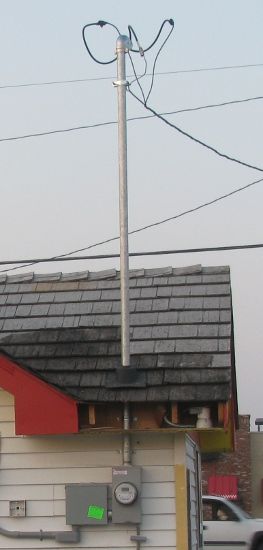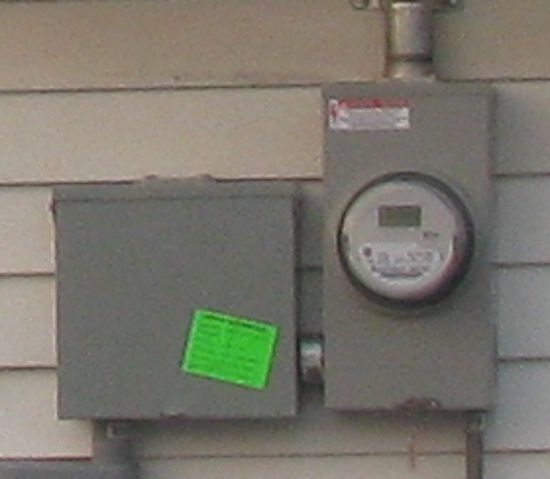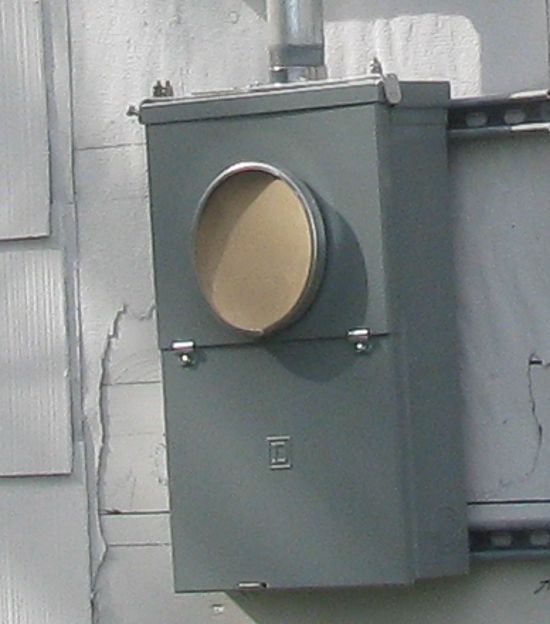Amish Electrici
Bronze Member
- Joined
- Apr 24, 2012
- Messages
- 39
They're putting one of those 'coffee kiosks' in a parking lot near me. You know, the little huys that they drop off a trailer, with a drive-up window.
Now, this little kiosk presents a number of honest issues - let's go past the 'what's wrong here' type of discussion.
First, I'd like all to look at the service here:
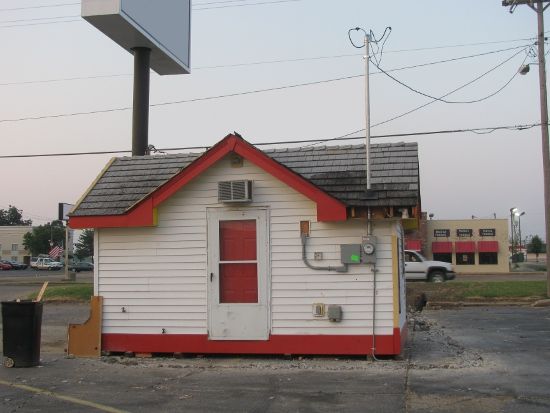
What I'd like to discuss, first, is the type of service. Are you happy with a conventional overhead drop - or would you expect the hutto be servide (mobile-home style) from a pedestal?
For comparison, here's a pic of the service for a few new trailers at a local 'park:'
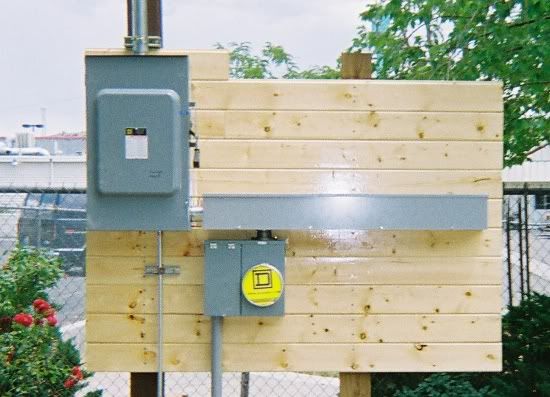
This would be the overall meter board, with space for several meters. PoCo drop is to the pole behind the disconnect.
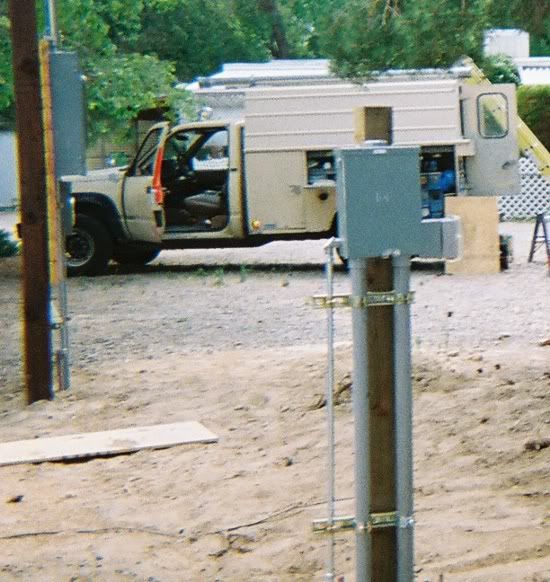
In the left background you can see the (edge view) board where the meters will mount. The PoCo drop goes to that board. Up close you see the disconnect (located about five ft. from the trailer) that feeds the trailer. In this case, the trailer feed runs underground to an above-ground splice box under the trailer, where the whip from the trailer is connected.
So ... what do you think?
Now, this little kiosk presents a number of honest issues - let's go past the 'what's wrong here' type of discussion.
First, I'd like all to look at the service here:

What I'd like to discuss, first, is the type of service. Are you happy with a conventional overhead drop - or would you expect the hutto be servide (mobile-home style) from a pedestal?
For comparison, here's a pic of the service for a few new trailers at a local 'park:'

This would be the overall meter board, with space for several meters. PoCo drop is to the pole behind the disconnect.

In the left background you can see the (edge view) board where the meters will mount. The PoCo drop goes to that board. Up close you see the disconnect (located about five ft. from the trailer) that feeds the trailer. In this case, the trailer feed runs underground to an above-ground splice box under the trailer, where the whip from the trailer is connected.
So ... what do you think?

